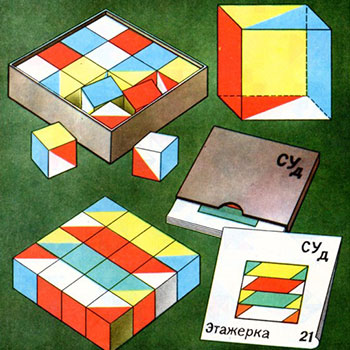If #(a,b)# is a are the coordinates of a point in Cartesian Plane, #u# is its magnitude and #alpha# is its angle then #(a,b)# in Polar Form is written as #(u,alpha)#.
Magnitude of a cartesian coordinates #(a,b)# is given by#sqrt(a^2+b^2)# and its angle is given by #tan^-1(b/a)#
Let #r# be the magnitude of #(-2,5)# and #theta# be its angle.
Magnitude of #(-2,5)=sqrt((-2)^2+5^2)=sqrt(4+25)=sqrt29=r#
Angle of #(-2,5)=Tan^-1(5/(-2))=Tan^-1(-5/2)=-68.198# degree
#implies# Angle of #(-2,5)=-68.198# degree
But since the point is in second quadrant so we have to add #180# degree which will give us the angle.
#implies# Angle of #(-2,5)=-68.198+180=111.802#
#implies# Angle of #(-2,5)=111.802=theta#
#implies (-2,5)=(r,theta)=(sqrt29,111.802)#
#implies (-2,5)=(sqrt29,111.802)#
Note that the angle is given in degree measure.

